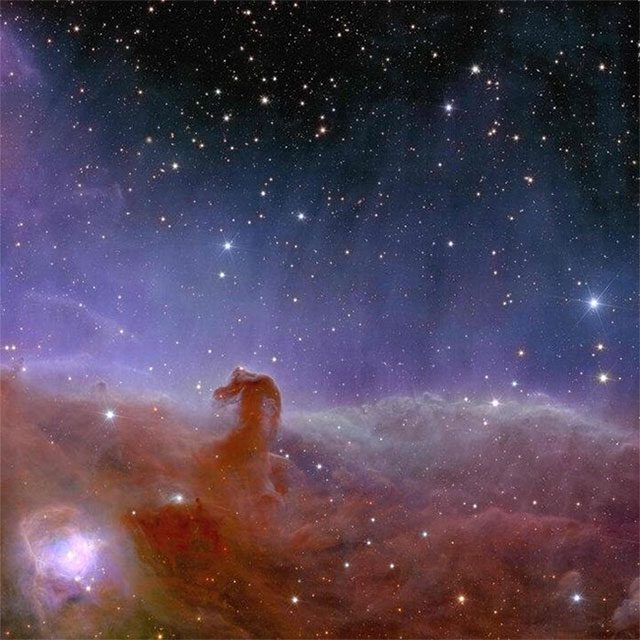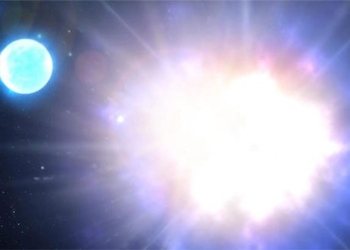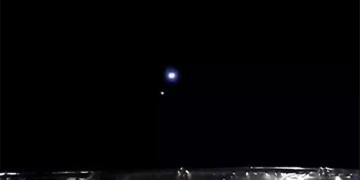The Euclid Space Telescope Unveils Stunning Panorama of the Horsehead Nebula.
The Euclid Space Telescope, named after the Greek mathematician Euclid, was launched on July 1 aboard a SpaceX Falcon 9 rocket. Since its launch, Euclid has traveled approximately 1 million kilometers in space, continuing its six-year mission to capture wide-field images of the universe at high resolution and explore the enduring mysteries of the cosmos.
In its latest observation, Euclid detected the Horsehead Nebula, located about 1,375 light-years from Earth in the constellation Orion. It is one of the most recognizable nebulae due to its horsehead-like shape. Scottish astronomer Williamina Fleming first discovered this nebula on February 6, 1888.
This object was formed from a collapsing interstellar cloud, glowing faintly as it is illuminated by a hot star behind it. The nebula’s unique shape is also sculpted by the intense radiation from a nearby star that blows into the pillar of interstellar material.
In this new image, the gas clouds surrounding the Horsehead have dissipated, but the pillars of interstellar material still stand intact, as they are made of resilient material that is difficult to erode. According to experts, the Horsehead Nebula has about 5 million years left before it completely dissipates.

The Euclid Space Telescope has unveiled a stunning panorama of the Horsehead Nebula. (Image: ESA / Euclid).
Euclid experts noted that while many other telescopes have captured images of the Horsehead Nebula, none have done so with the sharpness and wide field of view that Euclid achieved in a single observation.
Dr. Eduardo Martin Guerrero de Escalante, a scientist at Euclid, stated: “We are particularly interested in this area, as star formation is occurring under very special conditions. These special conditions are influenced by the radiation from the very bright star Sigma Orionis.”
As Euclid observes this star-forming region, experts hope to discover many large planets akin to Jupiter and previously undetected young brown dwarfs.





















































